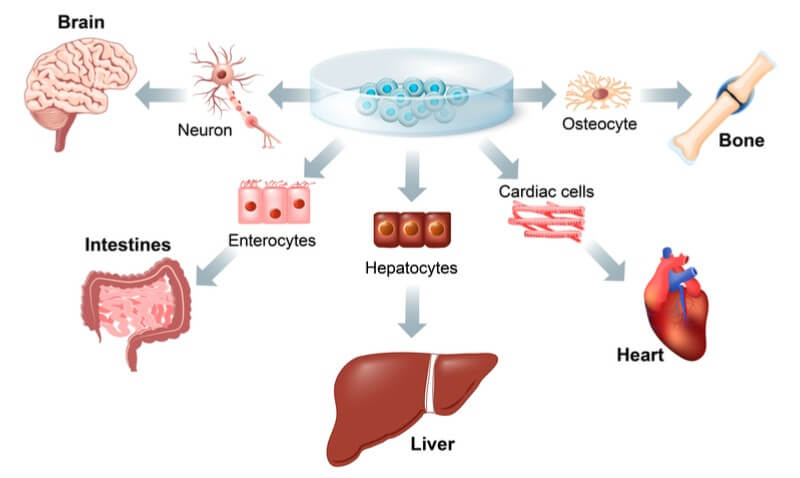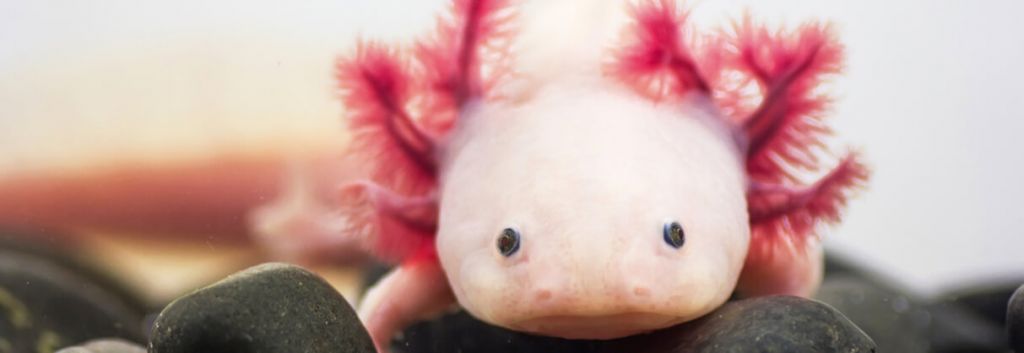Salamanders have long been a useful model for regenerative medicine due to their ability to regrow entire limbs. Now, scientists have found the genes that drive the process.
Scientists in Vienna, Dresden, and Heidelberg are the first to completely map the genome of the axolotl salamander. Despite its popularity as a biological model and use for over 150 years, this has been difficult due to the sheer size of its genome at 32 billion base pairs. The research, published in Nature, explains how the completed axolotl genome has been used to identify genes involved in limb regeneration. This will be a powerful tool to study the molecular basis of regenerative medicine.
The axolotl salamander has been of particular interest to researchers in the regenerative medicine field due to its special capacity to repair and replace parts of its body. If the animal loses a limb, it regrows a perfect replica within weeks, with all bones, muscles, and nerves in the right places. It can also repair damage to its spinal cord and retinal tissue in the eye. This makes it the perfect animal model to find out more about regeneration, which isn’t possible with mammals, which are more similar to humans.
The research was part of a long-term project set out by the international group to develop a molecular toolkit for the axolotl, identifying important genes with a role in regeneration. Using this, they would be able to identify the cells that initiate regeneration and improve our understanding of the molecular mechanisms underlying it.
On completing the axolotl’s genome, Sergej Nowoshilow, co-first author of the study from the Max Planck Institute, said: “We now have the map in our hands to investigate how complicated structures such as legs can be re-grown.” The group’s analysis found that several genes are specifically expressed in regenerating limbs. Interestingly, the human PAX3 gene, which is essential during neural and muscular development is completely missing from the genome, with the axolotl PAX7 gene taking its place.

Although these findings give us new approaches to improving the success of regenerative medicine, we must be careful when manipulating genes that control cell development and tissue regeneration. The switching on of these genes often stimulates processes like cell division that, if uncontrolled, can develop into cancer.
So far, the field of regenerative medicine, the process of regrowing, repairing or replacing damaged or diseased cells, tissues, and organs, has not matched the early expectations. However, research groups and biotechs are still working hard to find ways to harness its power for the treatment of conditions like heart failure and spinal cord injury that are without hope.
Belgian biotech Celyad has developed C-Cure for the treatment of heart failure, while a research group at University College London hope to treat spinal cord injury with cells from the olfactory bulb in the nose. A Polish victim of a knife attack received the treatment and regained some physical capacity. To improve cell therapies further, researchers at Imperial College London have developed biomaterials that better mimic the organs in our body.
Images – Sergio Gutierrez Getino, Designua / shutterstock.com





